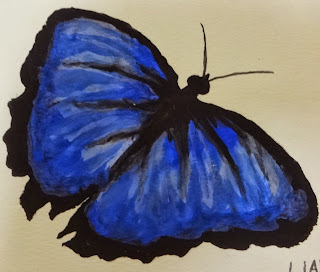Colors of Nature does not use any animals or animal parts in any form to produce their artists’ paints and supplies.
All paints and supplies developed by Colors of Nature are tested on canvas, wood and paper and on willing human participants (i.e. for potential adverse reactions to skin), and animals are never used at any stage of research, development or production.
All products manufactured by Colors of Nature are vegetarian, i.e. free from any ingredient derived from whole animals or animal parts. Our definition of animals include all forms of living creatures that are part of the animal kingdom, such as insects, bacteria, algae, etc. For instance, ingredients such as carmine are not acceptable ingredients for use in our products as they require the destruction of these living organisms in order to fulfill an aesthetic function.
Our products are made strictly from plants and minerals, and do not require the death, suffering or dismemberment of any animal, neither to test nor produce our products.
Our parent company, The Organic Make-up Co. Inc., won the 2007 PETA Award for ‘Best Cruelty-Free Cosmetics’.
By Lori Stryker
President and Founder







































